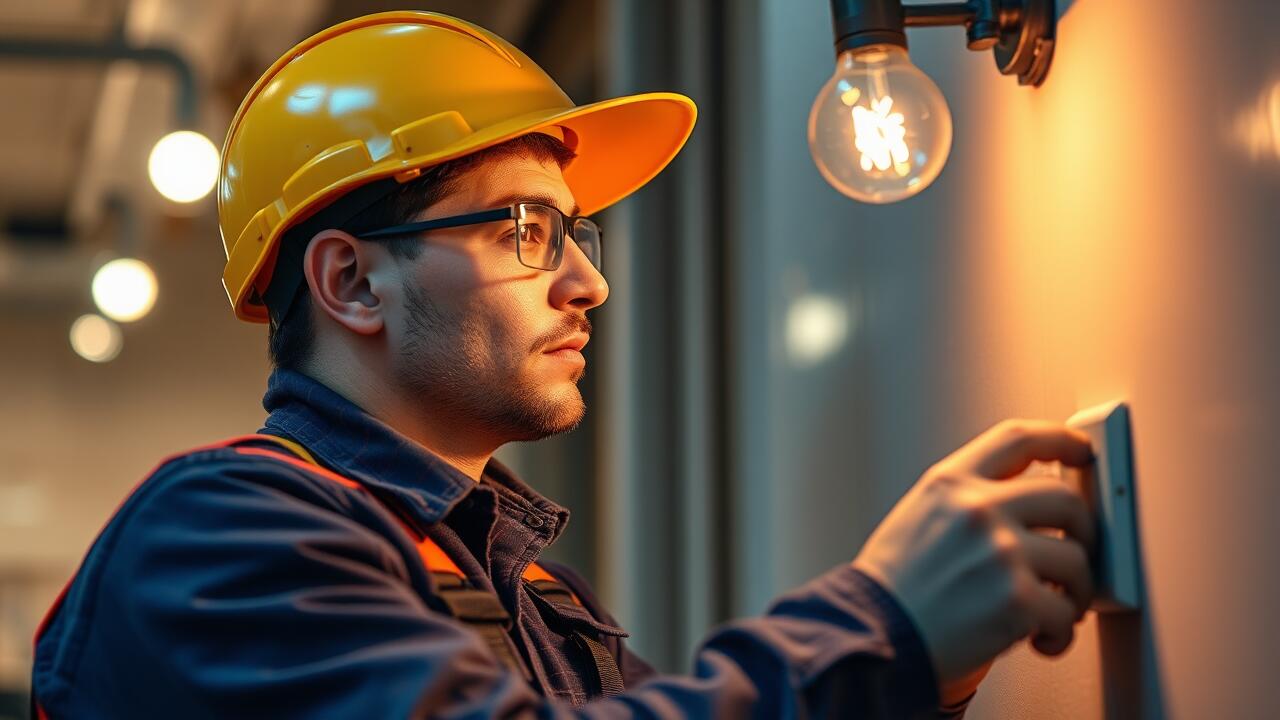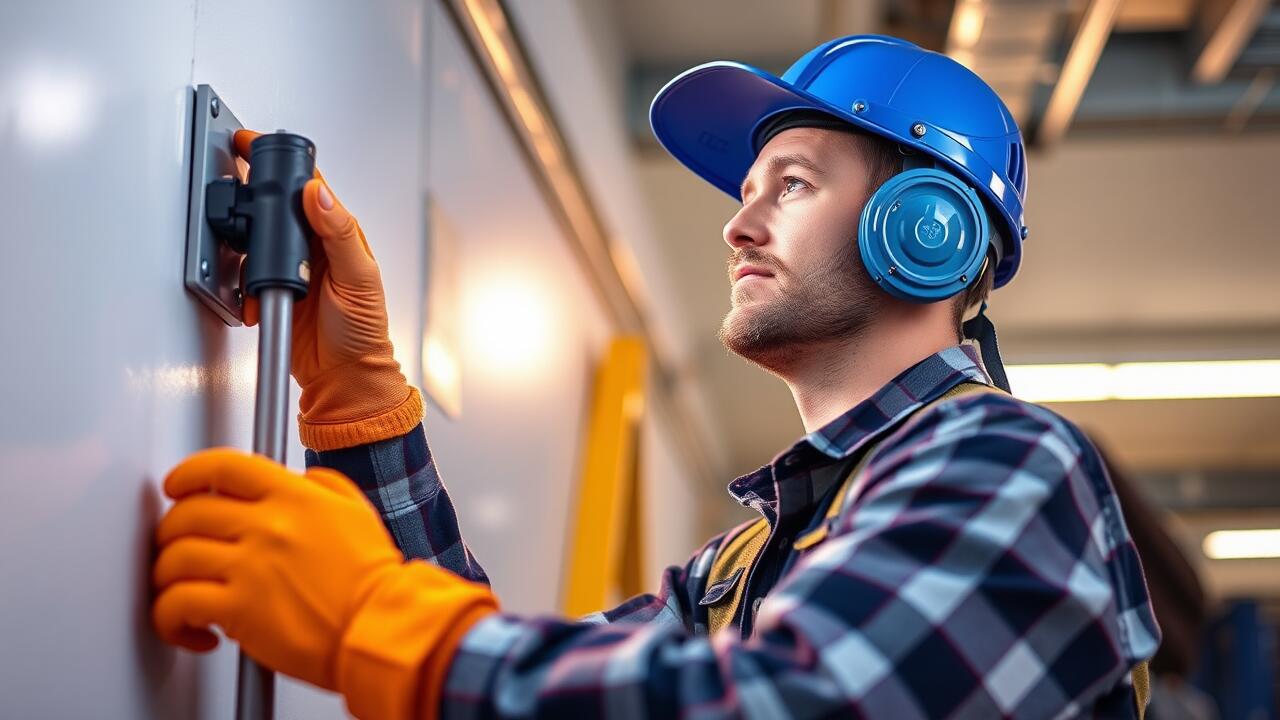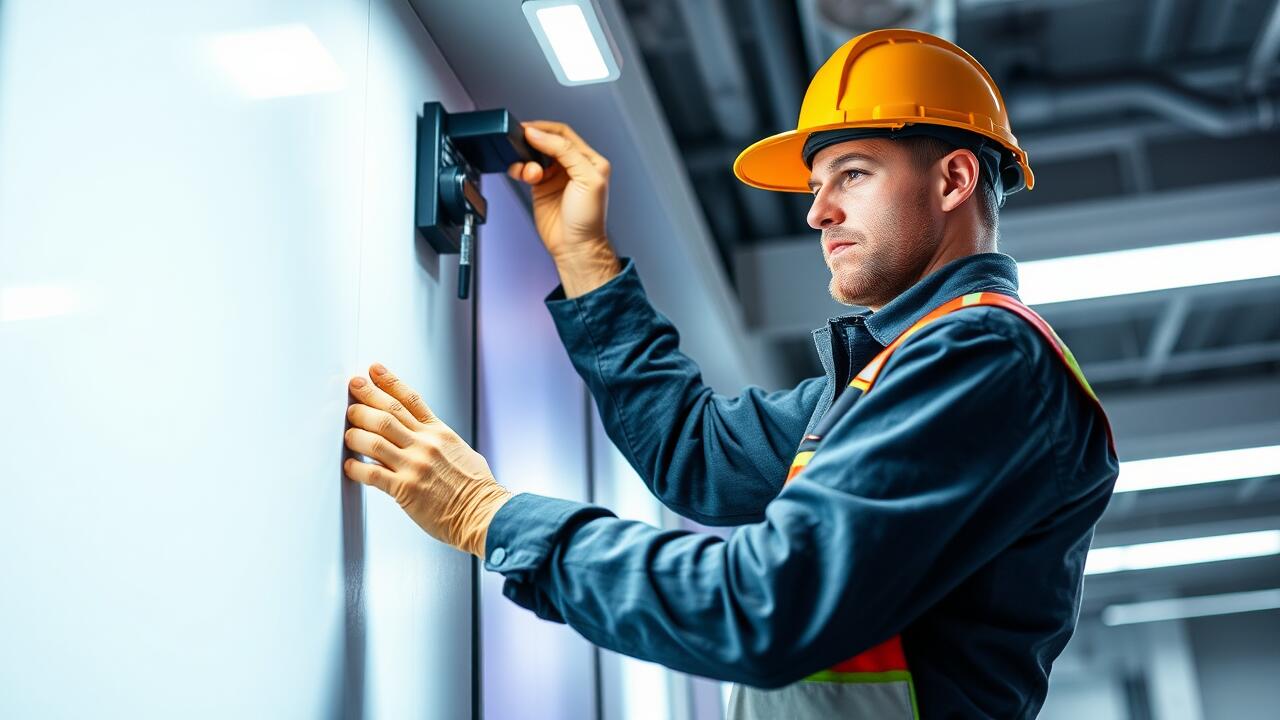
Different Types of Lighting
When considering different types of lighting, it's crucial to understand the various categories that serve specific purposes. Ambient lighting provides general illumination and creates a uniform light level throughout a space. Task lighting, on the other hand, focuses on areas designed for specific activities, such as reading or cooking. Accent lighting draws attention to particular elements in a room, like artwork or architectural features, enhancing the overall aesthetic.
In urban areas like Greenspoint, Houston, lighting installation can significantly impact the functionality and security of both residential and commercial spaces. By strategically choosing and installing the right types of lighting, property owners can improve visibility and enhance the ambiance of their surroundings. Understanding these categories allows for a more intentional approach to lighting design, ultimately contributing to a more effective and appealing environment.
Understanding Ambient, Task, and Accent Lighting
Ambient lighting serves as the foundation for any lighting design, providing overall illumination in a space. It creates a comfortable environment and sets the mood for a room. Common sources of ambient lighting include ceiling fixtures, recessed lights, and natural light from windows. This form of lighting ensures that areas are adequately lit for general activities without causing eye strain.
Task lighting is specifically designed to illuminate areas where activities requiring focus take place. For instance, desk lamps, under-cabinet lights in kitchens, and accent lights for reading areas are all examples of task lighting. Accent lighting, on the other hand, highlights specific features such as artwork or architectural details, adding depth and interest to a space. In Greenspoint, Houston Lighting Installation services can enhance both task and accent lighting to create functional yet visually appealing environments.
The Science Behind Color Temperature
Color temperature is a crucial aspect of lighting design that refers to the warmth or coolness of a light source, measured in Kelvins (K). Lower Kelvin values result in warmer, more yellow light, while higher values produce cooler, bluer light. This characteristic influences not only the aesthetic of a space but also the mood it evokes. For instance, warmer lights often create a cozy and inviting atmosphere, making them ideal for living rooms and restaurants. Cooler lights, on the other hand, are typically used in offices and task-oriented environments, promoting focus and alertness.
When considering effective lighting solutions, such as those provided by Greenspoint, Houston Lighting Installation, understanding color temperature is essential. The right choice can significantly enhance the functionality and appeal of a space. Interior designers and homeowners alike should carefully select lighting that complements their environment, balancing between desire for warmth and the need for clarity. The impact of color temperature extends beyond mere preference; it plays a pivotal role in how people experience their surroundings.
Warm vs. Cool Light and Its Effects
Warm light typically ranges from 2700K to 3000K on the color temperature scale. This type of lighting creates a cozy and inviting atmosphere, often associated with relaxation and comfort. Many people choose warm light for spaces like living rooms or bedrooms, as it promotes a sense of tranquility. The soft glow can complement warmer color palettes and enhance the overall aesthetics of a room.
Cool light, on the other hand, usually falls between 4000K and 5000K. This light is brighter and more energizing, which makes it suitable for work areas like kitchens or offices. The crispness of cool light can enhance focus and productivity. In regions like Greenspoint, Houston, lighting installation often takes into account the benefits of both warm and cool lighting. The right balance can transform a space to meet specific needs while creating a harmonious environment.
Outdoor Lighting Considerations
Outdoor lighting plays a crucial role in enhancing the functionality and aesthetic appeal of outdoor spaces. Properly designed lighting can illuminate pathways, highlight architectural features, and create inviting atmospheres for outdoor living. When considering outdoor lighting, it's important to assess the layout of the space and identify key areas that need illumination. Fixtures should be strategically placed to enhance visibility while complementing the surrounding landscape.
Safety and security are additional important considerations when planning outdoor lighting. Well-lit areas can deter potential intruders and reduce the risk of accidents. Motion sensor lights are a practical option for increasing security, as they activate when movement is detected. For those in need of professional assistance with outdoor lighting, Greenspoint, Houston Lighting Installation offers expertise to ensure that all considerations are met while achieving a beautiful and safe environment.
Enhancing Safety and Security
Proper outdoor lighting significantly enhances safety and security in both residential and commercial environments. Well-lit pathways and entryways deter potential intruders and reduce the risk of accidents. Effective lighting illuminates dark areas, making it easier for occupants and visitors to navigate spaces safely, especially during the evening hours. Strategic placement of floodlights, motion sensors, and landscape lighting creates a sense of security while also improving the overall aesthetic of the property.
In areas like Greenspoint, Houston, lighting installation plays a crucial role in community safety. Inviting adequate illumination provides reassurance to residents and discourages criminal activity. Combining functional lighting with design elements can enhance the visual appeal of the environment while fulfilling safety requirements. Investing in a comprehensive lighting plan ensures that both home and business owners can enjoy their outdoor spaces without compromising security.
FAQS
Why is lighting considered an essential aspect of interior design?
Lighting is crucial in interior design as it affects the mood, functionality, and aesthetics of a space. It helps to create a welcoming atmosphere, highlights architectural features, and ensures that the space is usable for various activities.
What are the three main types of lighting?
The three main types of lighting are ambient, task, and accent lighting. Ambient lighting provides overall illumination, task lighting focuses on specific areas for activities, and accent lighting is used to highlight particular features or objects.
How does color temperature influence the atmosphere of a room?
Color temperature impacts the atmosphere by affecting how warm or cool a space feels. Warm light (around 2700K-3000K) creates a cozy and inviting environment, while cool light (around 4000K-5000K) can promote alertness and is often used in workspaces.
What should be considered when planning outdoor lighting?
When planning outdoor lighting, consider factors such as safety and security, the functionality of outdoor spaces, energy efficiency, and the desired aesthetic effect. It’s important to ensure that pathways are well-lit and that any outdoor features are highlighted appropriately.
How can lighting enhance safety and security in outdoor spaces?
Proper outdoor lighting enhances safety and security by illuminating pathways, entryways, and dark corners, which deter potential intruders and reduce the risk of accidents. Motion-sensor lights can also provide an added layer of security by activating when movement is detected.




